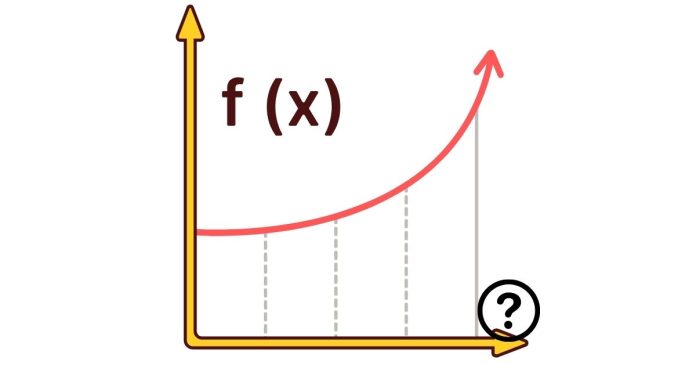Step by step breakdown of the conversion from Celsius to Fahrenheit :
Formula for Conversion:
The formula to convert Celsius (°C) to Fahrenheit (°F) is:
°F=(9÷5×°C)+32
Where:
- °C is the temperature in Celsius.
- °F is the temperature in Fahrenheit.
Step-by-Step Breakdown:
- Start with the given Celsius temperature:
In this case, the temperature is -40°C. - Multiply by the fraction 9÷5:
The first part of the formula is multiplying the Celsius temperature by 95, or 1.8. This is done to scale the Celsius value into the larger Fahrenheit scale.
9÷5×(−40)=−72
So, after this multiplication, we get –72.
3. Add 32 to the result:
After multiplying, you add 32 to the result. This accounts for the difference between the freezing points of water in both scales. Water freezes at 0°C, but at 32°F, so you add 32 to the Celsius result after scaling it to Fahrenheit.
−72+32=−40
4. Final result:
After performing the calculation, we end up with –40°F.
The Remarkable Coincidence:
- –40°C and -40°F are exactly the same temperature. This is the only point where the Celsius and Fahrenheit scales meet. So, –40°C = -40°F. It’s a unique and interesting property of the temperature conversion.
Why the Formula Works:
The formula arises from the way the Celsius and Fahrenheit scales are structured:
- The Celsius scale is based on 0°C as the freezing point of water and 100°C as the boiling point (at sea level).
- The Fahrenheit scale uses 32°F for the freezing point of water and 212°F for the boiling point of water.
Because the Fahrenheit scale has smaller increments (1°F is 1/180 of the range between freezing and boiling points of water, while 1°C is 1/100 of that range), the scaling factor between the two systems is 9÷5 (or 1.8). The +32 accounts for the difference in the zero points of the two scales.


